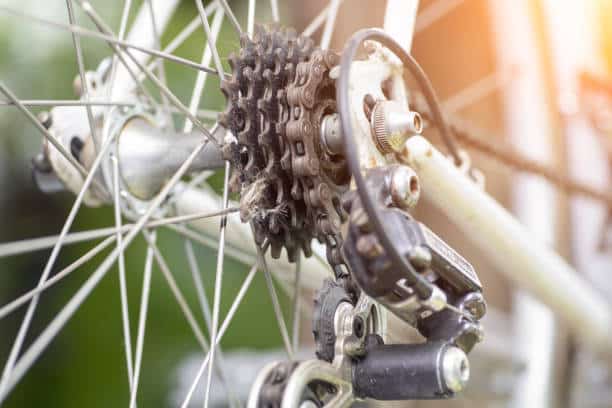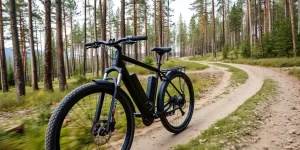Introduction
Electric bikes, or e-bikes, have changed the way people commute and enjoy recreational cycling. One of the key components that make e-bikes so efficient and enjoyable to ride is their gear system.
In this comprehensive guide, we’ll dive deep into how do electric bike gears work, exploring the various types of e-bike gears, their mechanisms, and how to use them effectively. We’ll also answer some common questions about e-bike gears, such as how many gears an electric bike typically has and whether they can change gears automatically.
Understanding E-Bike Gear Basics
Before we delve into the specifics of how do electric bike gears work, let’s cover some basics. E-bike gears are similar to those found on traditional bicycles, but with a few key differences.
Most e-bikes use a combination of front and rear gears, along with a motor that provides assistance when pedaling. The gears help to optimize the bike’s performance and make it easier to tackle various terrains and riding conditions.
WHAT ARE SOME Types of E-Bike Gears?
There are two main types of gears found on electric bikes: derailleur gears and hub gears.
Derailleur Gears
Derailleur gears are the most common type found on e-bikes. They consist of a series of sprockets mounted on the rear wheel and a chain that moves between them.
The front chainring is connected to the pedals, and as you pedal, the chain transfers power to the rear wheel. Derailleur gears offer a wide range of gear ratios, making them suitable for various riding conditions.
Hub Gears
Hub gears, also known as internal gear hubs, are less common on e-bikes but offer some unique advantages. With hub gears, the gearing mechanism is entirely enclosed within the rear wheel hub.
This makes them more protected from the elements and requires less maintenance than derailleur gears. However, hub gears typically offer fewer gear ratios than derailleur systems.
How Many Gears Does an Electric Bike Have?
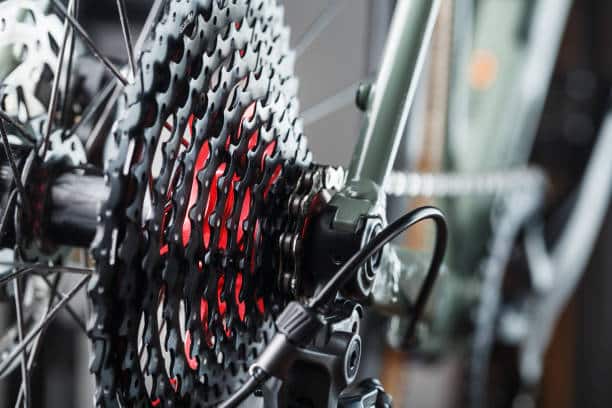
The number of gears on an electric bike can vary depending on the specific model and type of gearing system used. Most e-bikes with derailleur gears have between 7 and 11 gears in the rear, with 1 to 3 chainrings in the front.
This results in a total of anywhere from 7 to 33 possible gear combinations. E-bikes with hub gears usually have fewer gears, typically ranging from 3 to 8. However, the gear range can be similar to that of a derailleur system, as the gear ratios are determined by the internal gearing mechanism rather than the number of sprockets.
How to Use Electric Bike Gears?
Using the gears on your electric bike is essential for optimizing performance, conserving battery power, and making your rides more enjoyable. Here are some tips on how to use e-bike gears effectively:
Shifting Techniques
When shifting gears on an e-bike, it’s important to do so smoothly and at the right time. Anticipate changes in terrain and shift to an appropriate gear before you reach a hill or a change in riding conditions.
This will help you maintain a steady cadence and avoid putting too much strain on the motor.
Gear Selection
Selecting the right gear depends on factors such as your speed, the terrain, and your desired level of effort. As a general rule, use lower gears when climbing hills or riding at slower speeds, and higher gears when descending or riding on flat terrain.
Experiment with different gear combinations to find what works best for you.
Gear Shifting Modes
Some e-bikes offer different gear shifting modes, such as manual and automatic. In manual mode, you control the gears using shifters on the handlebars, much like a traditional bicycle.
Automatic mode, on the other hand, uses sensors to detect your speed and pedaling effort and automatically shifts gears to maintain optimal performance.
The Difference Between the Usage of Different Gears?
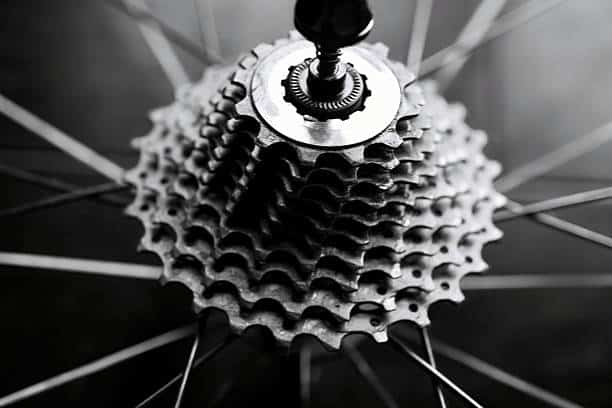
Understanding the difference between the usage of different gears is key to getting the most out of your e-bike. Here’s a breakdown of how different gears affect your riding experience:
Low Gears
Low gears, also known as easy gears, are best suited for climbing hills, riding at slow speeds, or starting from a stop. They provide more mechanical advantage, making it easier to pedal, but at the cost of lower top speeds.
When using low gears, you’ll pedal at a higher cadence (revolutions per minute) but cover less distance with each pedal stroke.
High Gears
High gears, or hard gears, are ideal for descending hills, riding at high speeds, or cruising on flat terrain. They offer less mechanical advantage, requiring more effort to pedal, but allow you to reach higher top speeds.
When using high gears, you’ll pedal at a lower cadence but cover more distance with each pedal stroke.
Middle Gears
Middle gears, as the name suggests, fall somewhere between low and high gears.
They offer a balance of mechanical advantage and top speed, making them suitable for a wide range of riding conditions. Middle gears are often used for riding on flat terrain or for maintaining a comfortable cadence.
How Do Gear Shifts on E-Bikes Work?
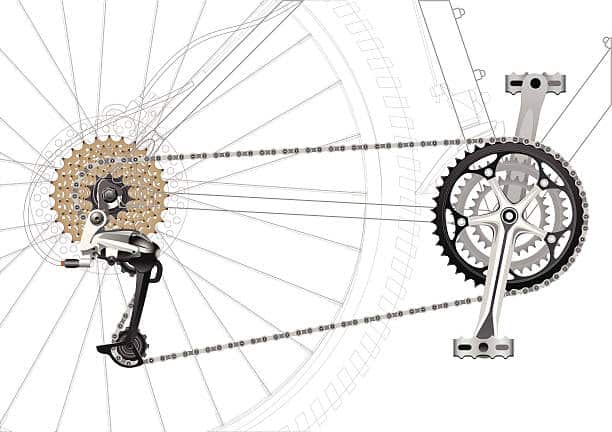
Gear shifts on electric bikes work similarly to those on traditional bicycles, with a few key differences. Here’s a closer look at how e-bike gear shifts function:
Derailleur Gear Shifts
On e-bikes with derailleur gears, shifting is accomplished by moving the chain from one sprocket to another. This is done using shifters mounted on the handlebars, which are connected to the derailleurs via cables or electronic signals.
When you shift gears, the front or rear derailleur moves the chain laterally, guiding it onto the desired sprocket.
Hub Gear Shifts
E-bikes with hub gears use a different shifting mechanism. Instead of moving the chain between sprockets, the gears are changed within the sealed hub using a series of planetary gears.
Shifting is typically done using a twist shifter or a thumb shifter on the handlebars, which sends a signal to the hub to engage the desired gear.
Electronic Gear Shifts
Some high-end e-bikes feature electronic gear shifting systems. These systems use small motors to move the derailleurs or engage the hub gears, providing precise and effortless shifting.
Electronic shifters often offer customizable shifting modes and can be controlled using buttons on the handlebars or through a smartphone app.
What Type of Gears are in E-Bikes?
As mentioned earlier, there are two main types of gears found in electric bikes: derailleur gears and hub gears. Let’s take a closer look at each type and their components.
Derailleur Gear Components
- Front chainrings: The chainrings are the toothed rings attached to the pedal crank. Most e-bikes have one to three chainrings.
- Rear sprockets: The sprockets are the toothed cogs mounted on the rear wheel. E-bikes typically have seven to eleven sprockets.
- Front derailleur: The front derailleur is responsible for moving the chain between the front chainrings.
- Rear derailleur: The rear derailleur moves the chain between the rear sprockets and maintains chain tension.
- Shifters: Shifters are the controls mounted on the handlebars that allow you to change gears.
- Cassette: The cassette is the cluster of sprockets mounted on the rear wheel.
- Chain: The chain transfers power from the pedals to the rear wheel.
Hub Gear Components
- Planetary gears: Hub gears use a system of planetary gears housed within the rear wheel hub to provide different gear ratios.
- Shifter: Like derailleur gears, hub gears are controlled using a shifter mounted on the handlebars.
- Gear cables: Gear cables connect the shifter to the hub gear mechanism, allowing you to change gears.
Do E-Bikes Change Gears Automatically?
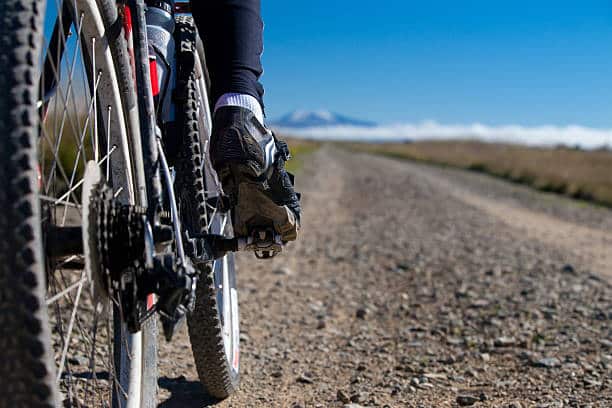
Some electric bikes offer automatic gear shifting, while others rely on manual shifting. Here’s a breakdown of both options:
Manual Gear Shifting
Most e-bikes require the rider to manually change gears using shifters mounted on the handlebars. This allows for greater control over gear selection and enables the rider to anticipate changes in terrain or riding conditions.
Automatic Gear Shifting
Some e-bikes feature automatic gear shifting, which uses sensors to detect the rider’s speed and pedaling effort and automatically selects the optimal gear.
This can make riding more convenient and efficient, especially for less experienced cyclists. However, automatic shifting systems can add complexity and cost to the e-bike.
How Does Electric Bike Shifting Work?
Electric bike shifting works by moving the chain between different sized sprockets or engaging different gears within the hub, depending on the type of gearing system used. Here’s a more detailed look at how each type of shifting works:
Derailleur Shifting
When you shift gears on an e-bike with derailleur gears, the following sequence occurs:
- You press the shifter on the handlebars, which pulls or releases the gear cable.
- The gear cable moves the derailleur, which guides the chain onto the desired sprocket.
- As the chain moves to the new sprocket, the gear ratio changes, making it easier or harder to pedal.
Hub Gear Shifting
Shifting on an e-bike with hub gears involves the following process:
- You twist the shifter or press the thumb shifter on the handlebars.
- The shifter sends a signal to the hub gear mechanism via a gear cable or electronic signal.
- The planetary gears inside the hub engage or disengage to provide the desired gear ratio.
- The gear ratio changes, affecting the pedaling effort required.
HOW TO Maintain and Troubleshoot E-Bike Gears?
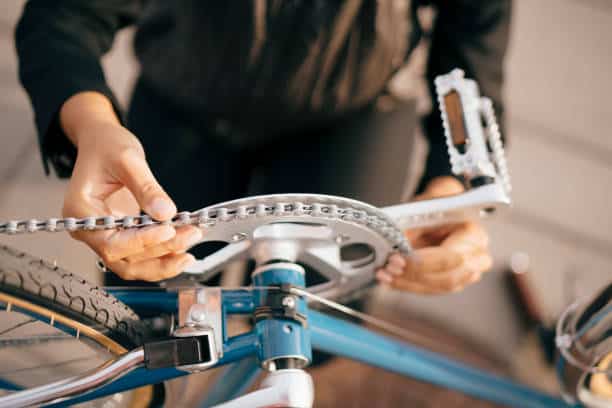
To keep your electric bike gears working smoothly and efficiently, regular maintenance and troubleshooting are essential. Here are some tips to help you keep your e-bike gears in top condition:
Regular Cleaning and Lubrication
- Clean your e-bike chain, sprockets, and derailleurs regularly to remove dirt and grime.
- Lubricate the chain and other moving parts to reduce friction and wear.
- Use a bike-specific degreaser and lubricant for best results.
Adjusting Gear Cable Tension
- Over time, gear cables can stretch, affecting shifting performance.
- Adjust the cable tension using the barrel adjusters on the derailleurs or shifters.
- Fine-tune the cable tension until the gears shift smoothly and accurately.
Aligning the Derailleur Hanger
- A bent or misaligned derailleur hanger can cause poor shifting performance.
- Check the alignment of the derailleur hanger using a special tool or by visually inspecting it.
- If necessary, straighten the hanger or have it replaced by a professional.
Replacing Worn Components
- Regularly inspect your e-bike’s chain, sprockets, and chainrings for signs of wear.
- Replace worn components as needed to maintain optimal performance and prevent further damage.
- Consult your e-bike’s user manual or a professional for guidance on when to replace specific components.
Conclusion
Understanding how do electric bike gears work is essential for getting the most out of your e-bike and enjoying a comfortable, efficient riding experience. By familiarizing yourself with the different types of e-bike gears, learning how to use them effectively, and maintaining them regularly, you’ll be able to tackle any terrain with confidence.
Whether you prefer the versatility of derailleur gears or the low-maintenance simplicity of hub gears, there’s an e-bike gearing system that’s perfect for your needs.
As electric bike technology continues to evolve, we can expect to see even more innovative and user-friendly gear systems in the future. From automatic shifting to electronic gear management, the possibilities are endless.
By staying informed and embracing these advancements, you’ll be able to take your e-bike adventures to the next level and discover new horizons on two wheels.


